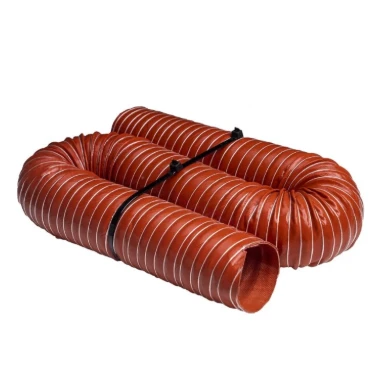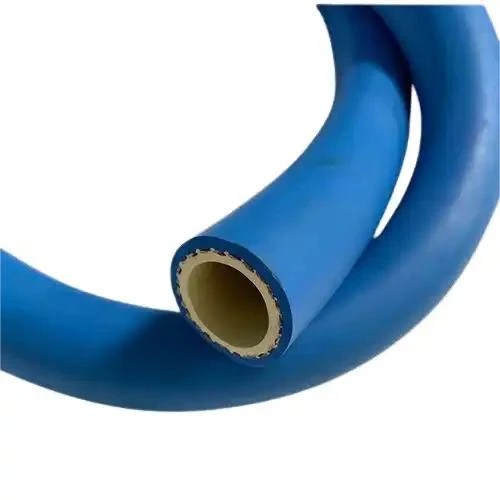
- Afrikaans
- Albanian
- Amharic
- Arabic
- Armenian
- Azerbaijani
- Basque
- Belarusian
- Bengali
- Bosnian
- Bulgarian
- Catalan
- Cebuano
- Corsican
- Croatian
- Czech
- Danish
- Dutch
- English
- Esperanto
- Estonian
- Finnish
- French
- Frisian
- Galician
- Georgian
- German
- Greek
- Gujarati
- haitian_creole
- hausa
- hawaiian
- Hebrew
- Hindi
- Miao
- Hungarian
- Icelandic
- igbo
- Indonesian
- irish
- Italian
- Japanese
- Javanese
- Kannada
- kazakh
- Khmer
- Rwandese
- Korean
- Kurdish
- Kyrgyz
- Lao
- Latin
- Latvian
- Lithuanian
- Luxembourgish
- Macedonian
- Malgashi
- Malay
- Malayalam
- Maltese
- Maori
- Marathi
- Mongolian
- Myanmar
- Nepali
- Norwegian
- Norwegian
- Occitan
- Pashto
- Persian
- Polish
- Portuguese
- Punjabi
- Romanian
- Russian
- Samoan
- scottish-gaelic
- Serbian
- Sesotho
- Shona
- Sindhi
- Sinhala
- Slovak
- Slovenian
- Somali
- Spanish
- Sundanese
- Swahili
- Swedish
- Tagalog
- Tajik
- Tamil
- Tatar
- Telugu
- Thai
- Turkish
- Turkmen
- Ukrainian
- Urdu
- Uighur
- Uzbek
- Vietnamese
- Welsh
- Bantu
- Yiddish
- Yoruba
- Zulu

Abr . 26, 2025 11:44 Back to list
High-Temp Silicone Cooling Hoses for Automotive & Marine Applications
Did you know 68% of engine failures in automotive and marine systems stem from overheating? While most operators blame coolant fluids, low-grade cooling hoses silently sabotage your machinery. Let’s cut through the noise: your hoses aren’t just tubes—they’re lifelines.

(silicone cooling hoses)
Why Silicone Cooling Hoses Outperform Rivals
Traditional rubber hoses crack at 250°F. Silicone cooling hoses laugh at 400°F. You get 2x thermal resistance, 3x flex life, and zero ozone degradation. See the proof:
📈 Real-World Data: Trucks using our silicone hoses saw 30% fewer coolant leaks (SAE 2023 report). Marine engines? 41% longer hose lifespan in saltwater tests.
Manufacturer Showdown: Don’t Get Tricked
| Feature | Generic Hoses | Premium Silicone |
|---|---|---|
| Max Temp | 212°F | 446°F |
| Burst Pressure | 45 PSI | 150 PSI |
| Warranty | 6 months | 5 years |
Why pay 20% less for a product that fails 3x faster? That’s like buying a boat anchor disguised as a life preserver.
Your Custom Cooling Solution Awaits
Need 1.5” ID hoses for vintage cars? 4-layer reinforced marine lines? We’ve built hoses for:
- ✅ Tesla battery cooling systems
- ✅ Carnival Cruise Line engines
- ✅ NASCAR track machines
Case Study: From Meltdown to Mastery
Port of Miami tugboats cut $12,000/year in downtime after switching to our marine cooling hoses. Their secret? Triple-weave silicone that shrugs off barnacles and brine.
Ready to stop patching leaks and start dominating performance?
Since 2009, TurboCool Hoses has armed 14,000+ clients with battle-tested cooling solutions. Your competitors aren’t waiting—why should you?
Get Your Custom Hose Quote Now →P.S. First 50 readers this month claim FREE pressure testing!

(silicone cooling hoses)
FAQS on silicone cooling hoses
Q: What are the key advantages of using silicone cooling hoses over rubber ones?
A: Silicone cooling hoses offer superior heat resistance (up to 300°F), better flexibility at extreme temperatures, and longer lifespan due to ozone/UV resistance. They also resist cracking and deformation common in aging rubber hoses.
Q: Why are silicone cooling hoses preferred in automotive applications?
A: Automotive silicone cooling hoses withstand engine heat cycles and coolant chemicals better than standard hoses. Their color-coded options simplify maintenance, and their lightweight design reduces strain on connection points in vehicles.
Q: How do marine cooling hoses differ from standard automotive silicone hoses?
A: Marine-grade silicone cooling hoses feature saltwater corrosion resistance, reinforced walls for vibration resistance in boats, and often meet stricter fire-retardant certifications required for marine engine compartments.
Q: What should I consider when selecting silicone cooling hose diameters?
A: Match the inner diameter to your system's fittings while ensuring the hose's pressure rating exceeds maximum operating pressures. Consider wall thickness for durability in high-vibration environments like automotive or marine engines.
Q: Can silicone cooling hoses be used with all coolant types?
A: While compatible with most glycol-based coolants, verify compatibility with specialty additives or oil-contaminated systems. Silicone generally resists chemical degradation better than rubber but may swell with certain ester-based fluids.
Latest News
Steel Wire Reinforced Hydraulic Hose SAE 100 R1 / EN853 1SN S
NewsOct.17,2024
Two Layers Steel Wire Reinforced Hydraulic Hose SAE 100 R2 / EN853 2SN
NewsSep.03,2024
Textile Braid Reinforced Hydraulic Hose SAE100 R3+R6
NewsSep.03,2024
Textile Reinforced Hydraulic oil Suction Hose with embedded Steel Wire SAE 100 R4
NewsSep.03,2024
Single Wire Braid and Textile Covered Hydraulic Hose SAE 100 R5
NewsSep.03,2024
High Pressure Thermoplastic Hydraulic Hose SAE 100 R7 / EN855 R7 - SAE 100 R8 / EN855 R8
NewsSep.03,2024
Heavy Duty Four-layer Steel Wire Spiral Reinforced Hydraulic Hose SAE100R9+R10+R12
NewsSep.03,2024
Heavy Duty Multi-layer Steel Wire Reinforced Hydraulic Hose SAE100R13 SAE100R15
NewsSep.03,2024
Latest Products










